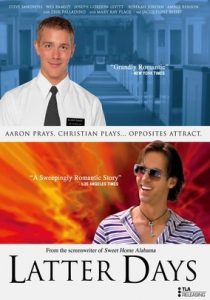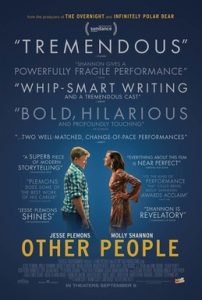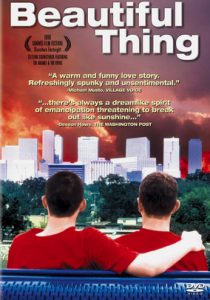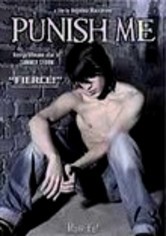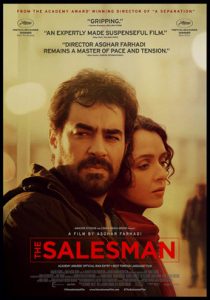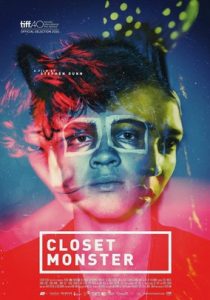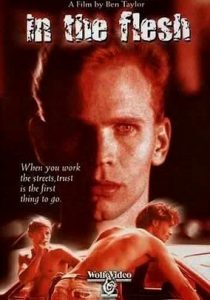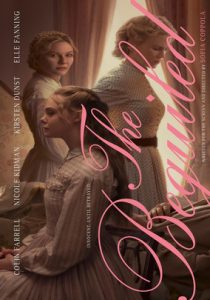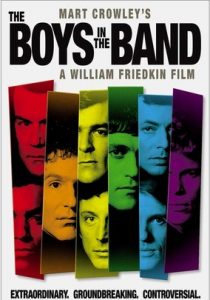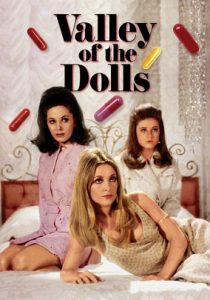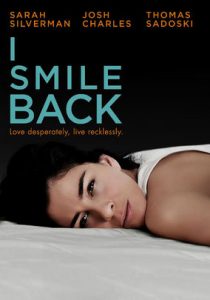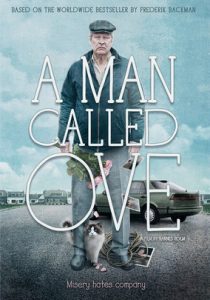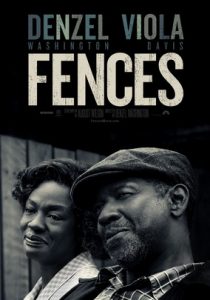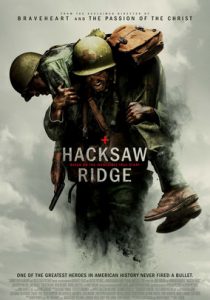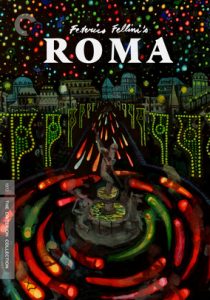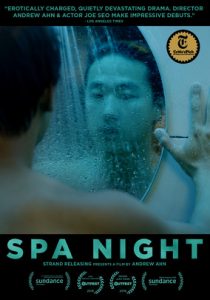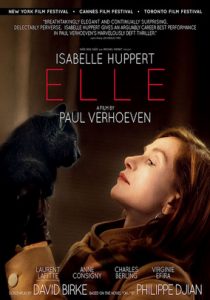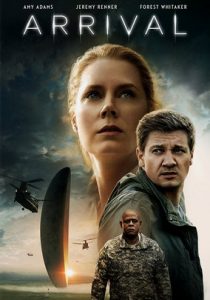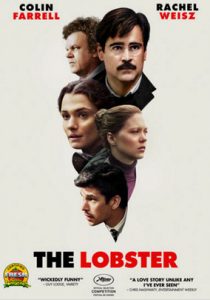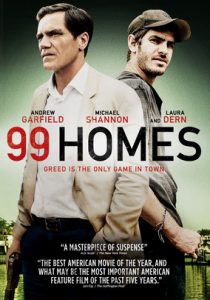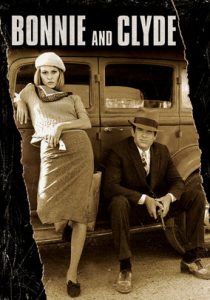Latter Days-2003
Director C. Jay Cox
Starring Steve Sandvoss, Wesley A. Ramsey
Scott’s Review #679
Reviewed September 7, 2017
Grade: B
In the now saturated genre of LGBT film, a novel little more than a decade ago, Latter Days, released in 2003, tells a story with an interesting religious spin and is the first LGBT film to my knowledge to depict a clash of religious values, which deserves kudos.
The film was popular among film festival goers, yet critically, received only mixed opinions.
There are both positives and negatives to this film.
When rigid Mormon innocence meets plastic Los Angeles playboy, anything is bound to happen as a surprisingly sweet romance develops between the two young men.
While the overall feeling of the film is rather “cute”- not exactly a rallying cry of cinematic excellence- Latter Days suffers mostly from some sophomoric acting and an odd combination of a soft-core porn film and a wholesome Hallmark channel television movie quality.
This, in turn, allows the film to achieve only slightly above mediocre as a final score.
Young Mormon missionary, Aaron Davis, just out of Idaho, is sent to Los Angeles with three fellow missionaries, to spread the word of faith. Soon, he meets an openly gay waiter, Christian, promiscuous, brazen, and proud of it.
After a silly bet with friends predicting how long it will take Christian to “deflower” Aaron, the young men become enamored with each other as Aaron’s secret desires for men are exposed.
This leads to a test of faith for Aaron, especially with his religious and rigid parents, waiting with fangs drawn as he is banished back to small-town Mormon territory.
The romance and chemistry between the lead actors are the best part of Latter Days. Though Aaron and Christian could not be more opposite, there is warm chemistry that actors Sandvoss and Ramsey successfully bring to the screen.
Sandvoss’s “aww shucks” handsome, innocent looks compliment Ramsey’s extroverted, pretty-boy confidence, and the film succeeds during scenes containing only the two actors.
Much is gained from a throwaway laundry scene as the young men chat and get to know one another’s backgrounds, as during the brilliant soft-porn scene as the nude men thrash around a hotel bed making love.
Though, admittedly, neither actor is the best in the acting department.
The nudity in the film is handled well- explicit, yes, but never filmed for cheap or trashy effect. While the nudity is sometimes sexual, the men also lounge around nude in bed while chatting about life and their various ideals.
Also positive is the casting of Jacqueline Bisset in the motherly role of Lila. Suffering from her drama (an unseen gravely ill romantic partner, and admittedly an unnecessary add-on to the story), she is the sensible, liberal-minded owner of Lila’s restaurant, where Christian and his friends work and socialize.
The film creates a “family unit” in this rather nice way. Bisset and her British sophistication add much to the film.
Contrasting Bisset’s character is the fine casting of Mary Kay Place as Gladys, the rigid mother of Aaron.
Hoping to “pray the gay away”, she and her husband banish Aaron to a garish rehabilitation facility to turn him straight after a suicide attempt. The character does show unconditional love for her son but simply refuses to accept his sexual preferences.
There is no question that director C. Jay Cox slants the film in one clear direction as the Mormon characters are portrayed as stodgy and bland.
Latter Days slips when the focus is on the other supporting characters. I tend to champion large casts and neat, small roles, but Christian’s friends are largely self-centered, bantering about either their sexual escapades or their career aspirations as they wait tables hoping to get a big break.
Worse yet, a silly side story is introduced focusing on a misunderstanding between Christian and his best friend Julie.
I could have done well without many of these secondary characters.
In the final act, the film goes the safe route with a brief red-herring about a character’s death only to then quickly wrap the film in a nice happy ending moment featuring a nice Thanksgiving dinner at Lila’s restaurant.
Latter Days (2003) contains a good romantic story between two males that does just fine without the added trimmings that occasionally bring the film down.
All in all a decent effort.
